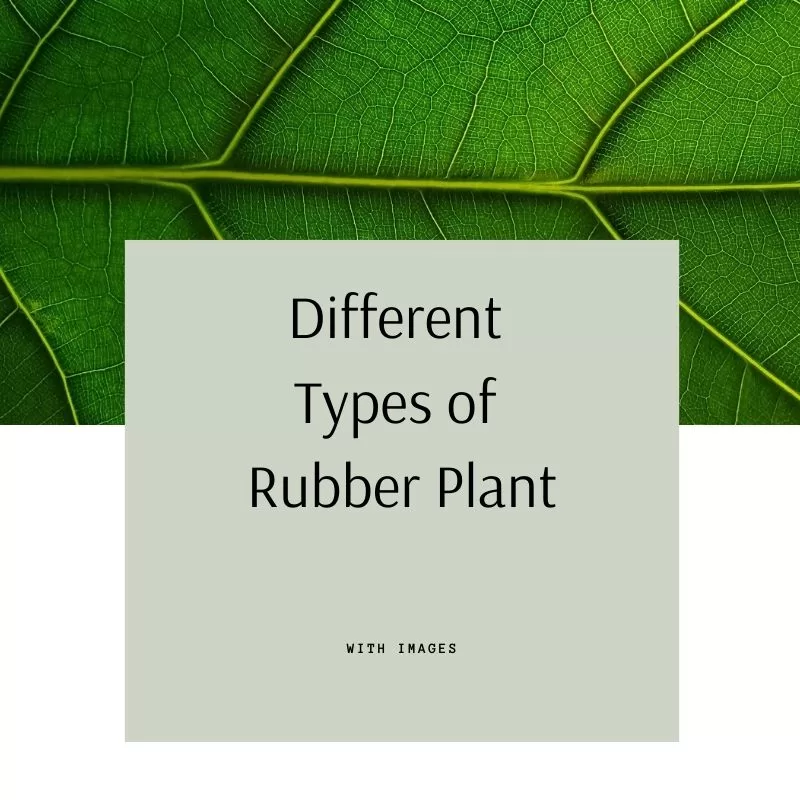Rubber plants are commercially grown for their valuable rubber sap from the rubber trees that can be turned into different products such as rubber balls, to waterproof clothes, and even to form homemade shoes.
Aside from that, the rubber plant has also been turned into a beautiful ornamental plant that is commonly grown in households nowadays. Rubber plants also come from the species of flowering plant in the family Moraceae (scientific name Ficus elastica), native to eastern parts of South Asia and southeast Asia.
Varieties like Fiddle Leaf Fig and Chinese Banyan are one of the most popular house rubber plants. But there are several rubber plant varieties that you can grow at home.
What Are the Different Rubber Tree Plant Varieties
Just like the different botanical and ornamental plants, rubber tree plant varieties are classified based on their main looks and appearance. Let us dig deeper for more information about these amazing rubber plant varieties.
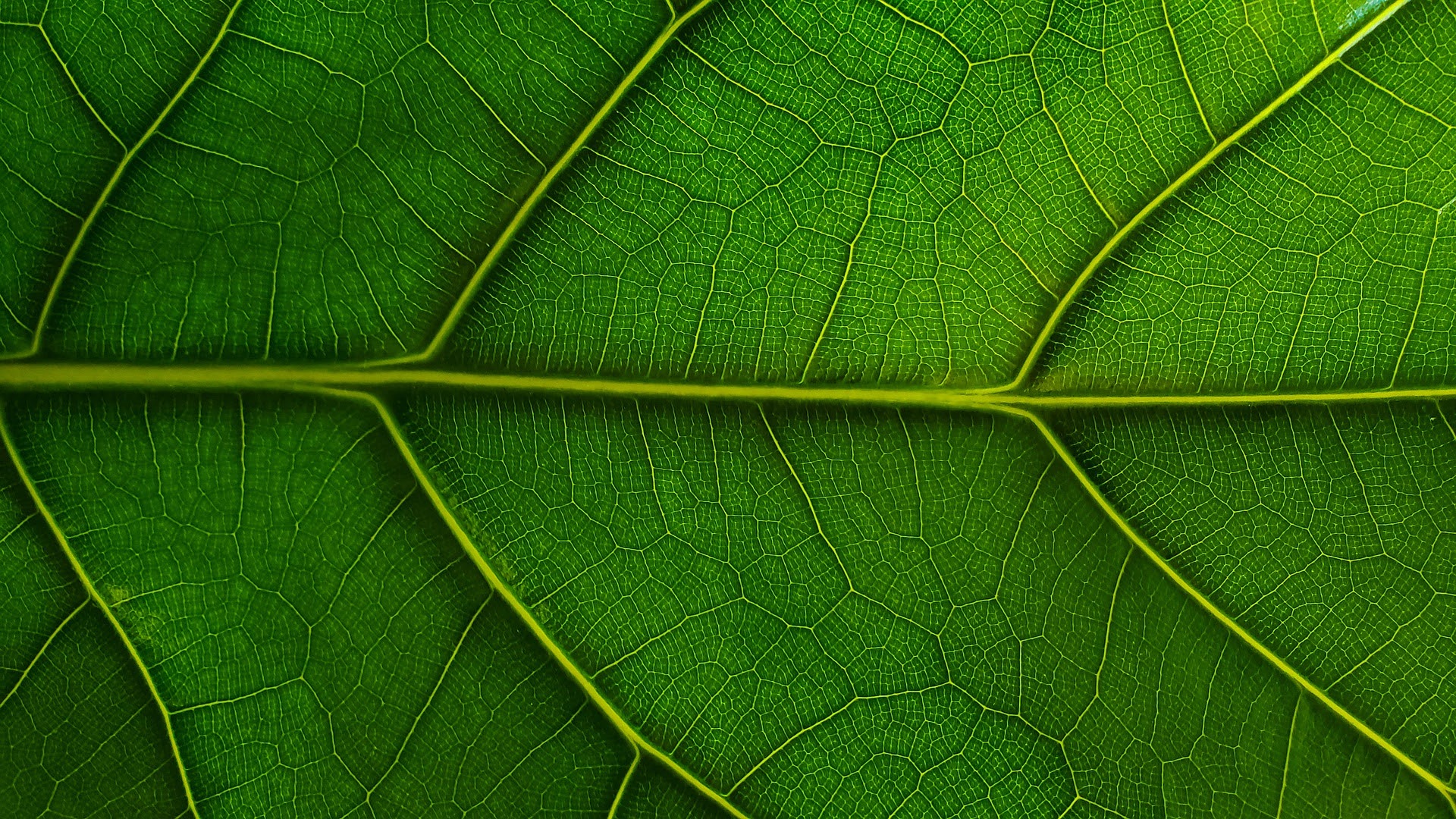
Fiddle Leaf Fig Rubber Tree Plants
If you are looking for those types of rubber tree plants that are easy to find and won’t cost a fortune, just look for the Fiddle Leaf Fig variety. The popularity of this rubber plant can be due to the fact that it grows easily.
With a botanical name of Ficus lyrata, the Fiddle leaf rubber fig is native in Tropical western Africa. It is often characterized as a broader leaves evergreen plant type.
Given the warm, humid environment, a fair amount of water and plenty of light, the Fiddle Leaf Fig could grow bigger than the other varieties. Its tree features very large, heavily veined, and glossy leaves that are violin-shaped, which grow upright on a sleek trunk.
Having plants like the fiddle leaf fig should help in cleaning the air in your room. It may promote physical health, boost concentration, and can boost mental well-being.
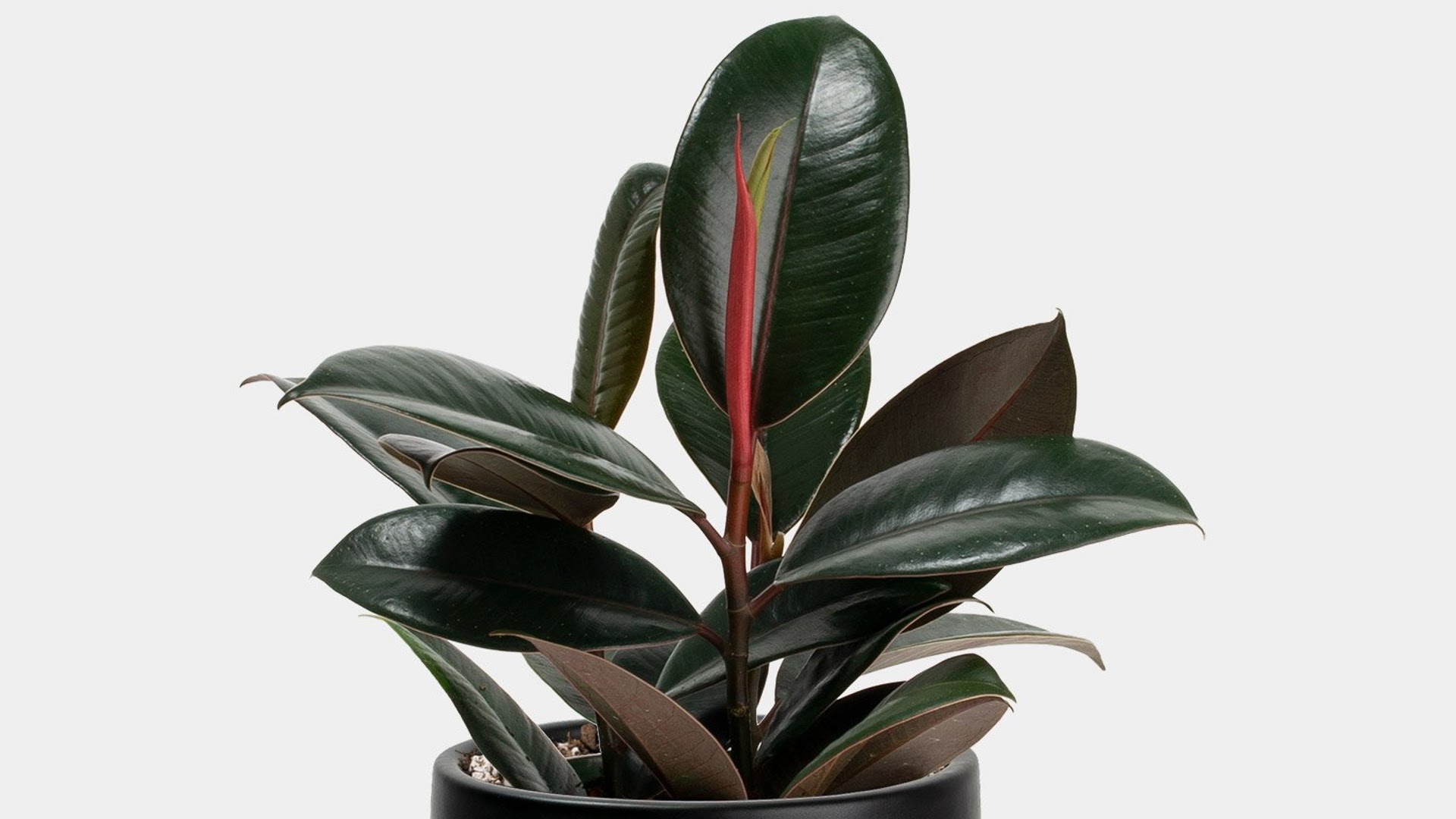
Burgundy Rubber Plants
The selected cultivar of Ficus elastica burgundy, burgundy rubber plants, is very loved by many homeowners as a house plant. As the name suggests, this plant has prolific fleshy burgundy leaves.
But the leaves can differ from black to green. If your burgundy is producing more green leaves, that means it is not getting enough sunlight. Plants grown in the wild can go up to 40 ft. tall, just like those found in India.
If you are growing this plant, you might be surprised by the red tints at first and red mid-veins in the dark leaves on its new foliage. If this is grown indoors, don’t worry as the burgundy rubber plants are easy to care for, which can also be perfect for beginners.
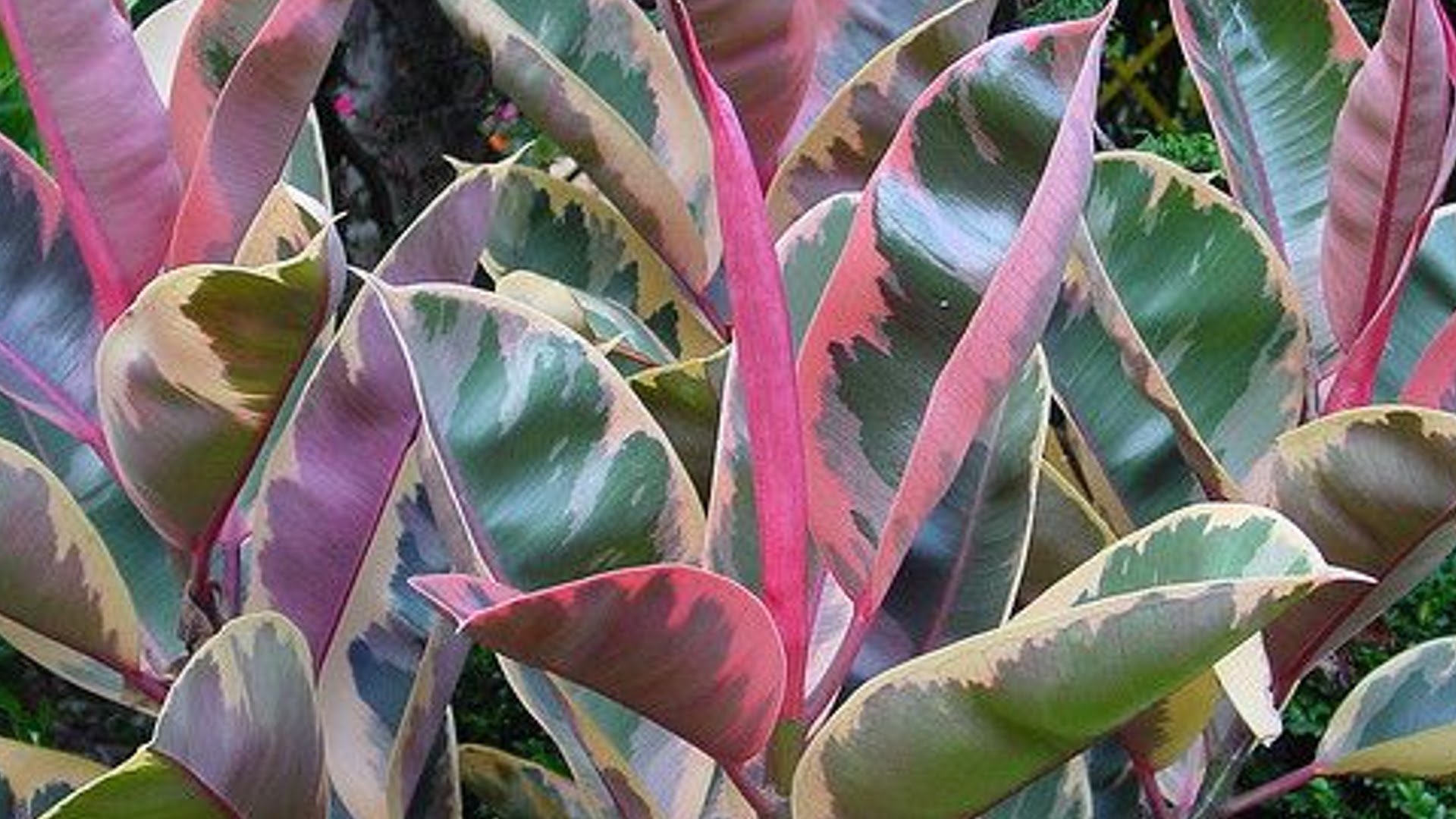
Ruby Rubber Tree
The ficus elastica or ruby rubber tree belongs to the tender evergreen tree species. It gives you oval-shaped leaves that are glossy, leathery, dark green flushed with pink and creamy yellow (variegated leaves).
Just like other rubber plants, the ruby rubber tree loves moist soil in a potting mix with drainage holes. Using sand or perlite is advised to improve drainage and avoid soggy soil texture.
It is also important to note that the leaves will scorch easily, so it is better to keep it in an area with bright indirect sunlight. This will help the plant in getting the perfect leaves that are not scorched.

Robusta Rubber Plants
Also from plants ficus elastica, Robusta is very close to the original species in appearance, but with a modern specification as the leaves are wider and more glossy.
If you are looking for a ficus tree that is outstanding when it comes to air-filtration and low-maintenance too, ficus elastica robusta would be great for that matter. It can also add lush and tropical feels to your interior spaces.
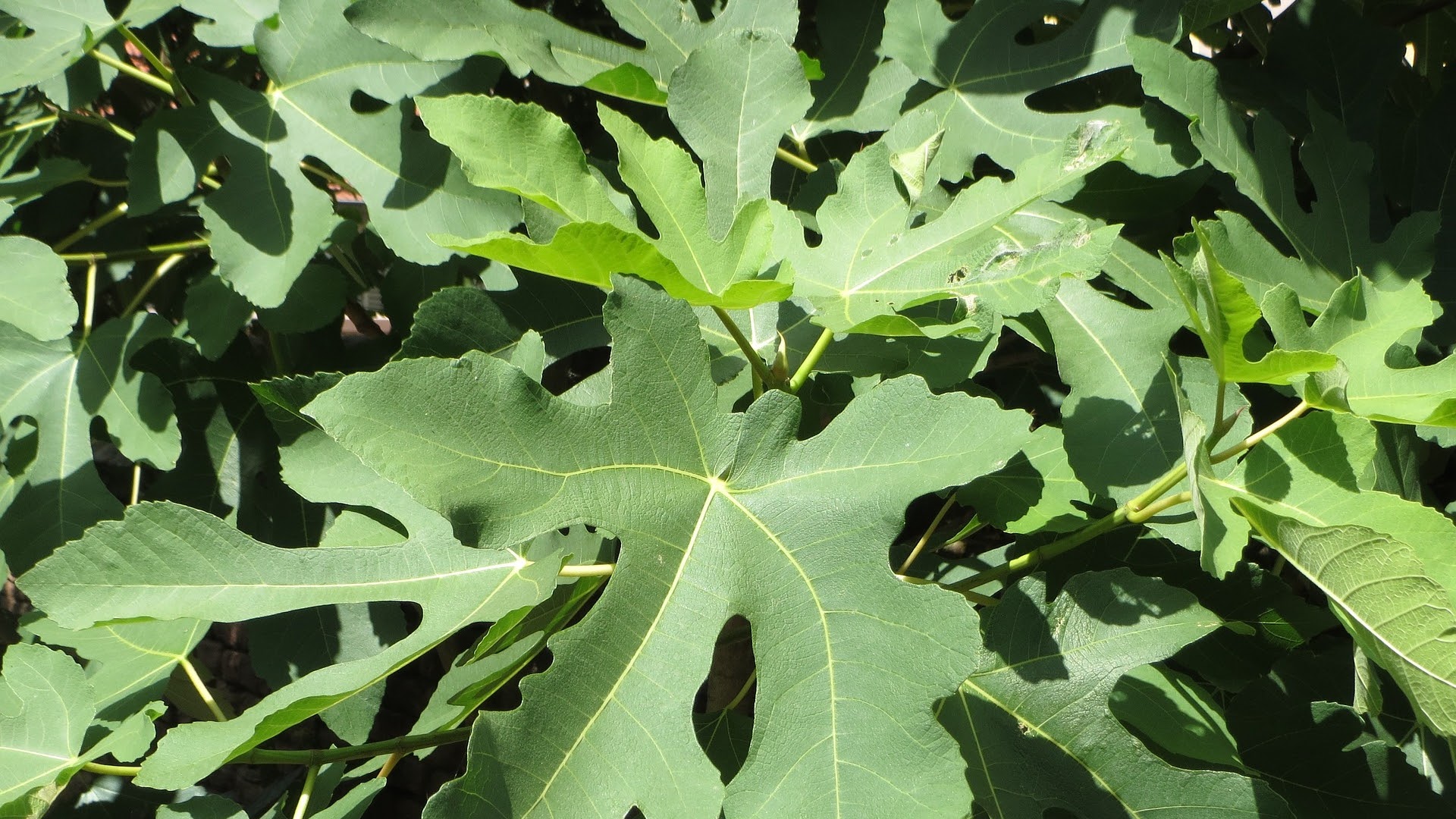
Common Fig
From the name itself, common fig or ficus carica, is also a type of plant from the rubber trees. It comes from a species of small tree in the flowering plant family Moraceae.
Unlike other rubber plants, common fig produces edible fruits and it also has different leaves that are deeply lobed and thick with a rough upper surface and hairy lower surface.
Aside from being a fruit-bearing rubber tree variety, the common fig is also used as an ornamental plant. That is done through the bonsaied procedure to keep it from growing into a bigger tree.
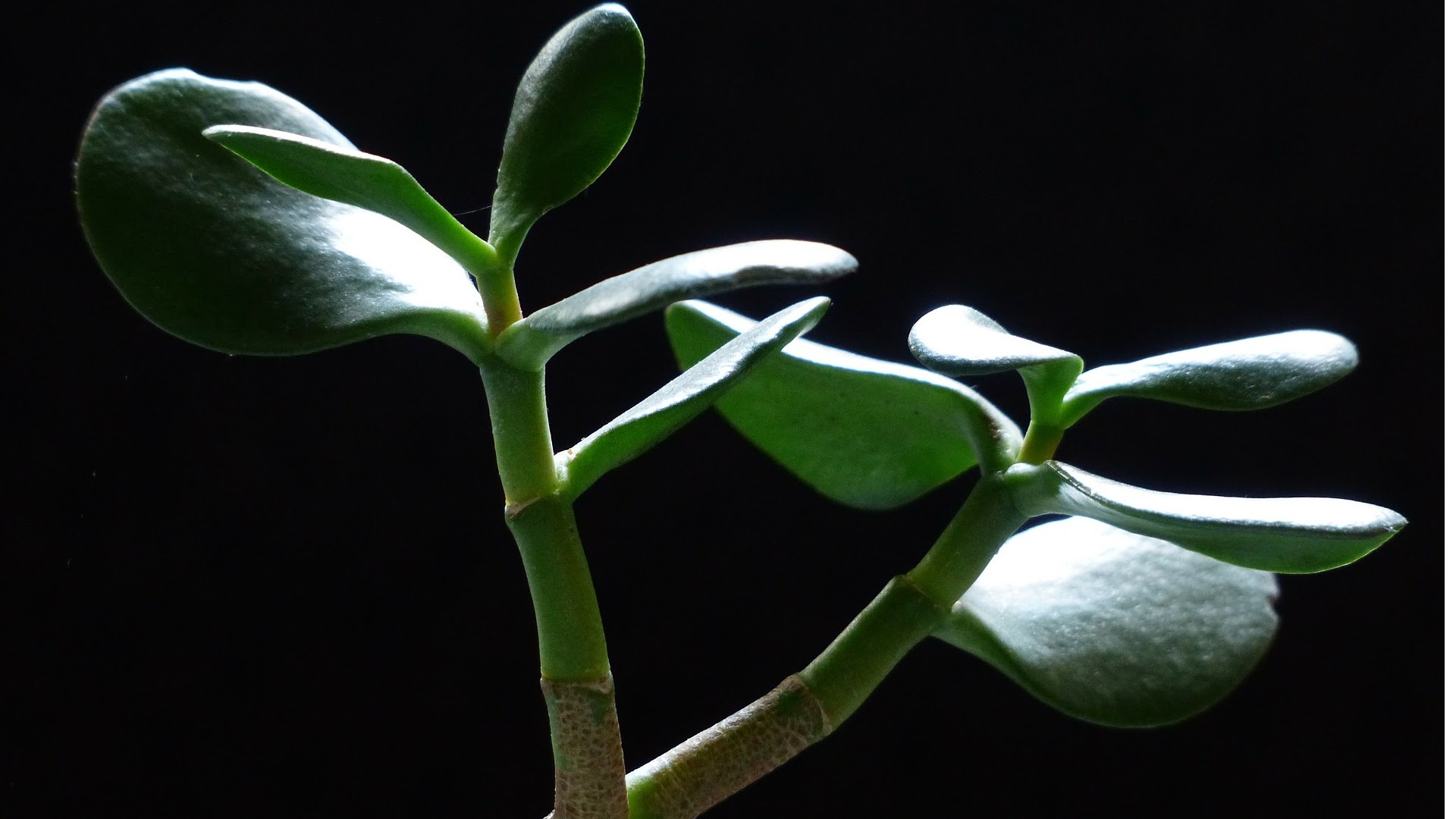
Money Tree
The pachira or money tree is generally not considered as a part of the rubber tree family. However, due to its evergreen broadleaf tree with hand-shaped compound leaves consisting of up to 9 leaflets, it is still classified as one of the rubber plants.
Money tree is used in different households as an ornamental plant as it can be braided and shaped easily. Aside from that, it is also believed to bring good luck and prosperity, as its name suggests.
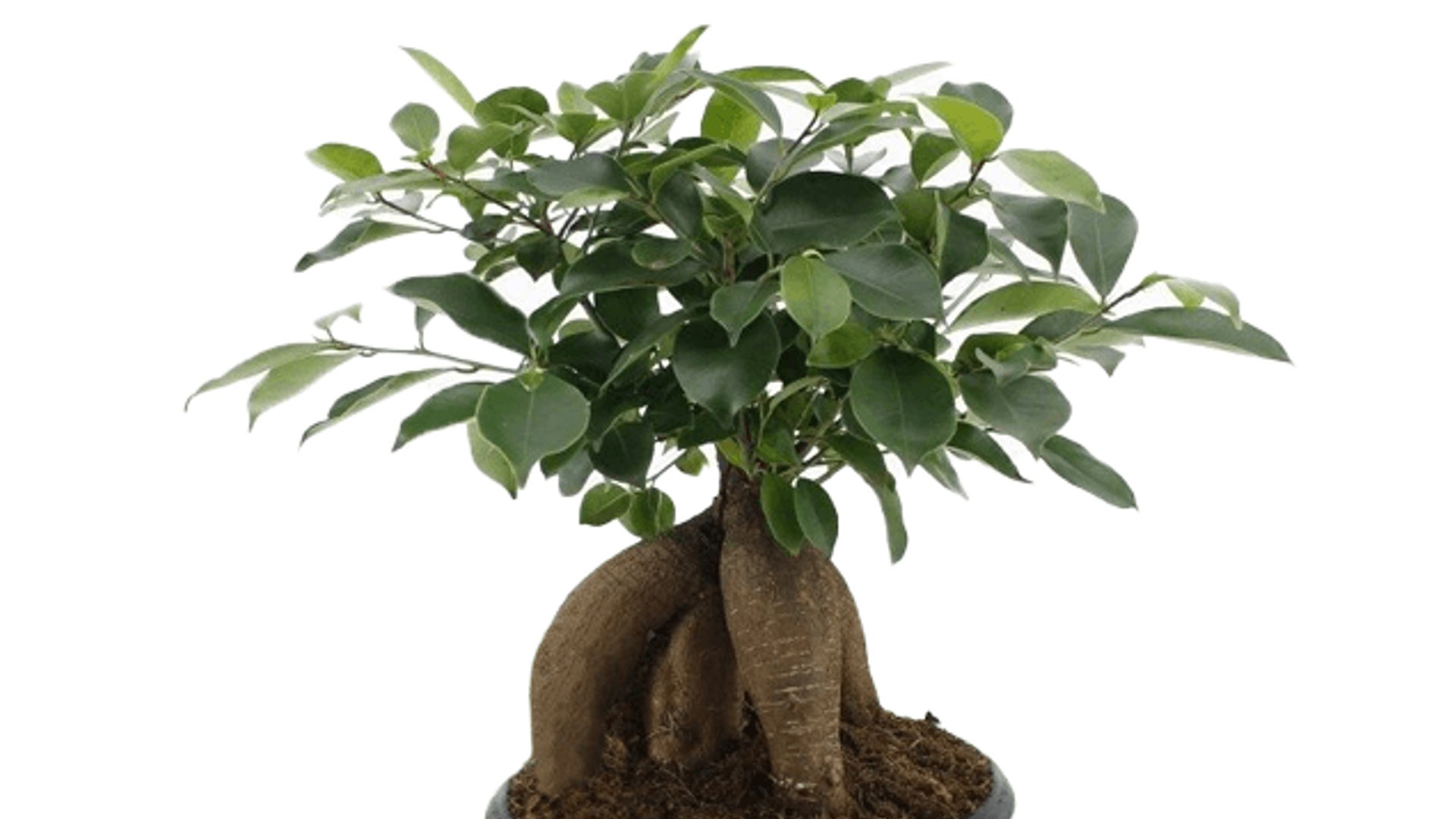
Chinese Banyan
Also known as ficus microcarpa, Chinese banyan is also like the common fig from the Moraceae family. This tree is widely grown in the wild, but it can also grow indoors by making it into a bonsai plant.
Those who love a small and rubber bush houseplant, Chinese banyan would be perfect for them. Its short and lush foliage is best for indoor planting. Compared to the other varieties, Chinese banyan leaves are actually smaller.

Creeping Fig
Also known as ficus pumila, creeping fig or climbing fig comes from the species of flowering plant in the mulberry family. It is native to East Asia and naturalized in parts of the southeastern and south-central United States.
The plant grows vigorously and its dense branches could cling firmly to any surface. If you are looking for a houseplant that can be used on climbing walls, pillars, arbors and fences, this one’s for you.
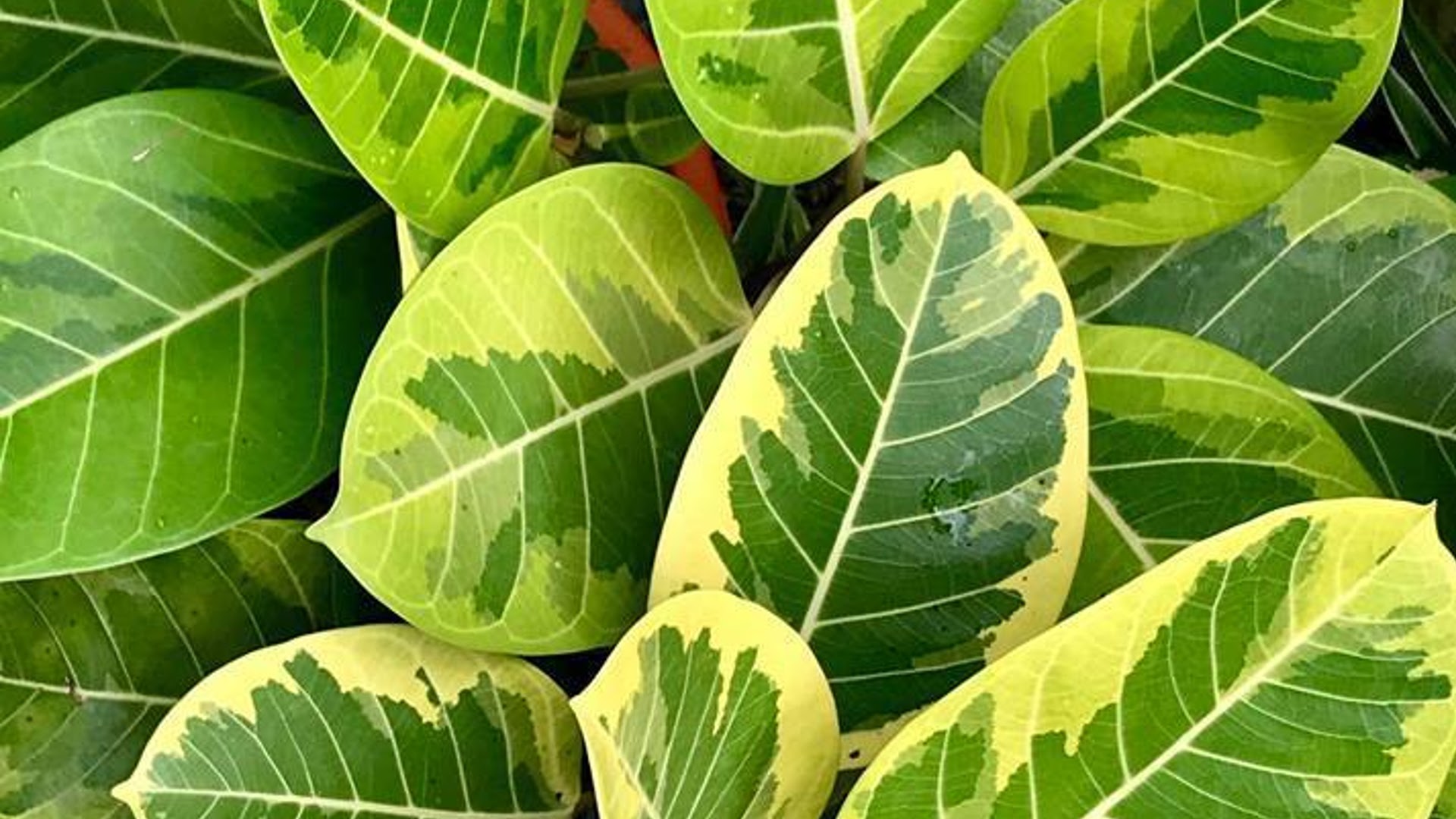
Neon Rubber Plant
Ficus Altissima, or lemon-lime rubber plant, can be a great home decor for those who love ornamental plants with popping colors.
The leaves produce a very bright yellow color, but can’t be compared to the neon ones. It is also a variegated variety. The leaves can also be green or entirely yellow.

Weeping Fig
With a scientific name of ficus benjamina, the weeping fig is also known as benjamin fig or ficus tree. This is native to Asia and Australia and also a species of flowering plant in the family Moraceae.
If you come into the store looking for this plant, it might be introduced to you as ficus. This plant is a very good choice if you want some ornaments in your house, as it is non-toxic to both humans and animals.
Best Ways to Take Care Rubber Plants
Ornamental plants, like these rubber plants, need utmost care if you want them to be good-looking as the ficus elastica decora.
If you are going to water these plants, make sure that you do it with the right amount of water. It might need some water once the top layer of soil is dry. If you are using a small pot, make sure it has a drainage hole.
These plants may also need fertilizer once in a while only, preferably during the growing season. A water-soluble plant fertilizer should suffice and it can be done once a month during spring and summer.
Pruning the rubber plants can be done using sharp pruning shears. It is recommended to prune the plant if you see dead, wilting or dropping leaves. It can be done anytime of the year.
These plants grow well in their natural habitat, but if you are growing them in a mixing pot, they can be propagated by cutting a stem off the rubber plant.

